Do you only have access to the object created by rasterToContour()?
If you still have access to the original raster, you can create the contours as complete polygons first (instead of creating them as lines). Then the "contourToRaster"-like function is just rasterize() (or fasterize()).
Some code borrowed from here: How does one turn contour lines into filled contours?
library(fasterize)
rc <- cut(r, breaks= 10)
cut_vals <- cut(r[], breaks = 10, dig.lab = 5)
pols <- rasterToPolygons(rc, dissolve=T) %>%
st_as_sf()
r_template <- raster(pols, res = res(r))
back_to_raster <- fasterize(pols, r_template, field = "layer")
par(oma = c(0, 0, 0, 5))
plot(back_to_raster, legend = FALSE)
plot(back_to_raster, legend.only=TRUE, legend.width = 1,
axis.args=list(at=1:nlevels(cut_vals),
labels=levels(cut_vals)))
Produces:

EDIT:
I like Robert's approach to this if you want to interpolate. I'd skip the rasterize() step, which can be pretty slow, in favor of casting the multilinestrings to points directly:
library(tidyverse)
library(sf)
library(raster)
library(fields)
f <- system.file("external/test.grd", package="raster")
r <- raster(f)
x <- rasterToContour(r)
class(x)
x_sf <- x %>% st_as_sf() %>% st_cast("LINESTRING") %>% st_cast("MULTIPOINT") %>% st_cast("POINT")
tps <- Tps(x = st_coordinates(x_sf), Y = as.numeric(as.character(x_sf$level)))
p <- interpolate(r, tps) %>% mask(r)
plot(p)

Note that both of these methods rely access to the original raster object.


